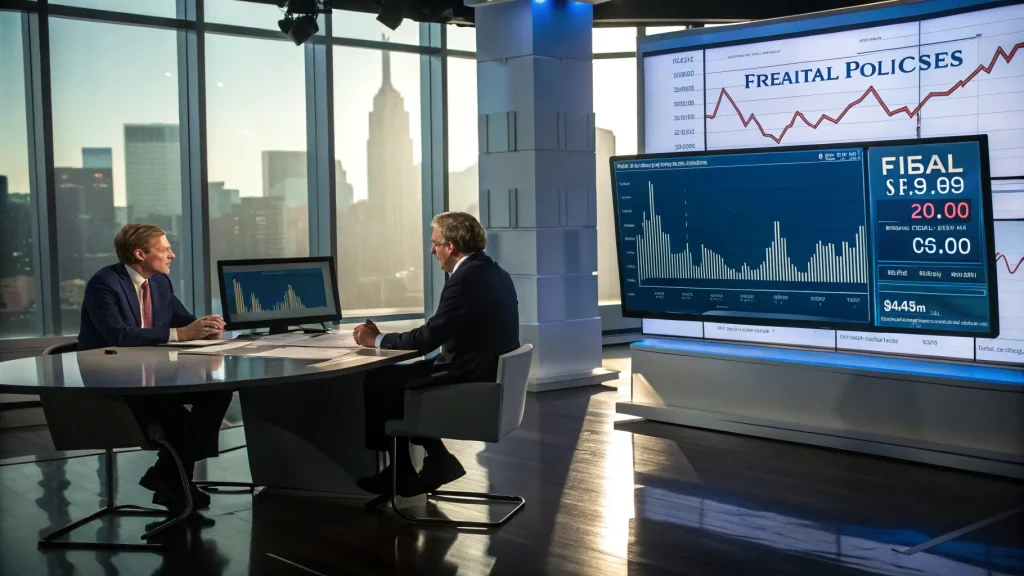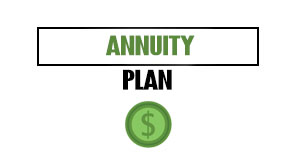The national conversation around fiscal policy is heating up as economic experts weigh in on President Donald Trump’s approach to government spending and taxation. Ed Yardeni, President of Yardeni Research, recently shared his analysis of the administration’s fiscal direction during an appearance on the financial program ‘Making Money.’
As the United States continues to grapple with growing national debt, Yardeni’s comments come at a time when lawmakers and economists are increasingly concerned about the long-term implications of current fiscal policies. The discussion highlights the tension between stimulating economic growth and managing federal deficits.
Table of Contents
ToggleAnalyzing Trump’s Fiscal Approach
Yardeni, known for his economic forecasting expertise, examined the key components of Trump’s fiscal strategy, including tax cuts, government spending, and their combined impact on the federal deficit. His analysis provides insight into how these policies might affect economic growth and financial markets in both the short and long term.
The current administration has implemented significant tax reforms while simultaneously increasing spending in several sectors,” Yardeni noted during the discussion. This combination has contributed to growing concerns about deficit sustainability.
The fiscal policy debate centers around whether the economic growth generated by tax cuts will eventually offset the initial revenue losses to the federal government. Critics argue that the growing deficit poses long-term risks to economic stability, while supporters maintain that stimulative policies will ultimately strengthen the economy.
Deficit Concerns Gaining Traction
The federal deficit has become a focal point for economic discussions as it continues to expand. Recent Treasury Department figures show the gap between government spending and revenue collection has widened substantially, prompting questions about fiscal responsibility.
Yardeni addressed several factors contributing to the current deficit situation:
- Corporate and individual tax cuts are reducing federal revenue
- Increased military and infrastructure spending
- Rising costs of mandatory spending programs
- Interest payments on existing national debt
“We’re seeing a situation where fiscal stimulus is being applied during a period of economic expansion,” Yardeni explained. This differs from the traditional approach of using deficit spending primarily during economic downturns.”
Market Implications
Financial markets have shown mixed reactions to the administration’s fiscal policies. While equity markets initially responded positively to tax cuts and deregulation, bond markets have displayed sensitivity to deficit projections and inflation concerns.
Yardeni discussed how investors are factoring these fiscal policies into their decision-making: “The market is constantly evaluating whether current growth justifies the fiscal approach being taken. There’s a delicate balance between stimulating the economy and maintaining fiscal discipline.”
The discussion also touched on how the Federal Reserve’s monetary policy interacts with fiscal decisions, creating a complex economic environment that investors must navigate carefully.
Looking Forward
As the debate over deficits intensifies, Yardeni offered perspective on potential paths forward. He outlined several possible scenarios for how the administration might address deficit concerns while maintaining its economic growth objectives.
The key question is whether economic growth rates can accelerate enough to generate sufficient tax revenue to begin narrowing the deficit gap,” Yardeni said. He also noted that future policy adjustments might become necessary if deficit projections continue their upward trajectory.
The conversation highlighted that fiscal policy decisions made today will have lasting implications for economic stability, interest rates, and the government’s financial flexibility in responding to future economic challenges.
With election cycles approaching and partisan divisions on fiscal priorities, the deficit debate is likely to remain at the forefront of economic and political discussions. Yardeni’s analysis provides a framework for understanding the complex trade-offs involved in fiscal policy decisions and their potential long-term consequences for the American economy.















